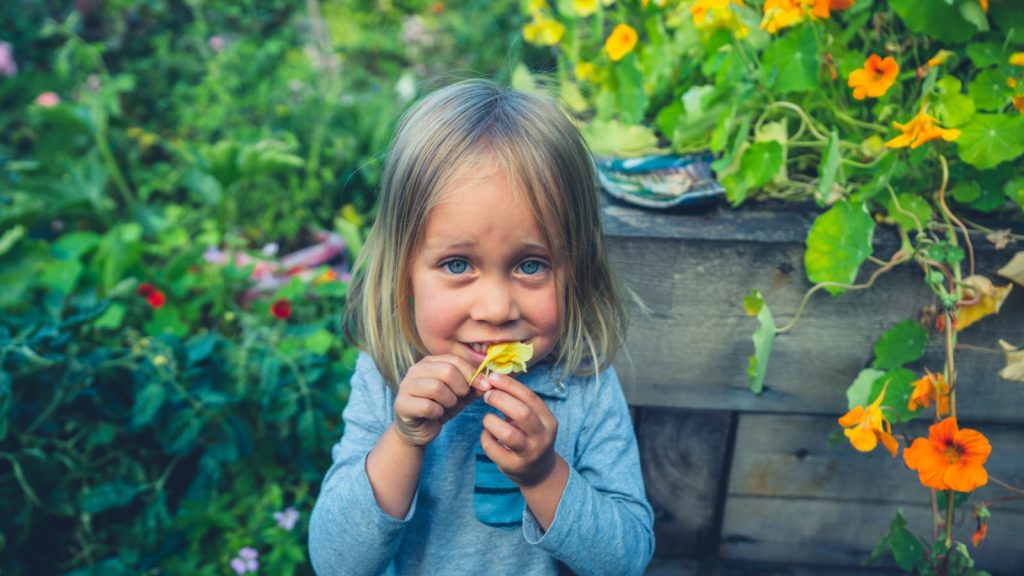Growing edible flowers in your garden can be such a delight. Not only do they add vibrant colour and charm to your outdoor space, but they also introduce unique flavours to your kitchen. If you’re like me, you enjoy the idea of getting creative with ingredients straight from the garden. Edible flowers offer a perfect mix of beauty and utility, allowing you to elevate your dishes in ways you might not expect. Whether you’re garnishing salads, infusing drinks, or baking delightful floral treats, there’s something magical about plucking a flower and using it right away. So, here are 15 edible flowers that you can easily grow and enjoy at home!
1. Nasturtiums
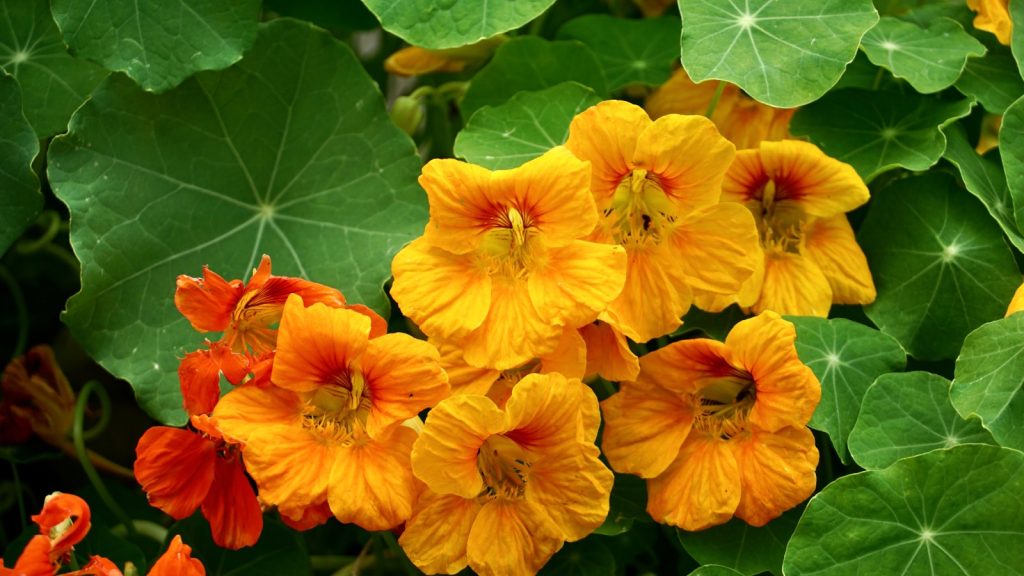
Nasturtiums are incredibly easy to grow and their brightly coloured blooms are entirely edible. Their peppery flavour is somewhat similar to rocket, making them a great addition to salads. Both the flowers and the leaves can be eaten, and the seeds can even be pickled as a substitute for capers.
2. Pansies
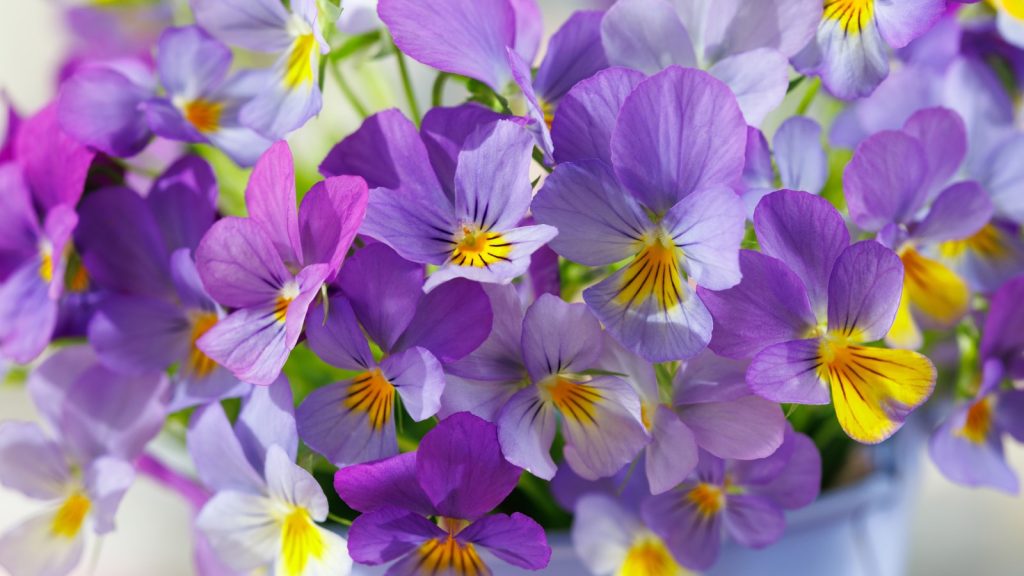
These dainty little flowers come in a range of colours, and their mild, slightly sweet flavour makes them perfect for garnishing. Pansies are ideal for topping cakes or adding a touch of elegance to cocktails. Plus, they thrive in cooler weather, making them a great option for spring or autumn gardens.
3. Calendula
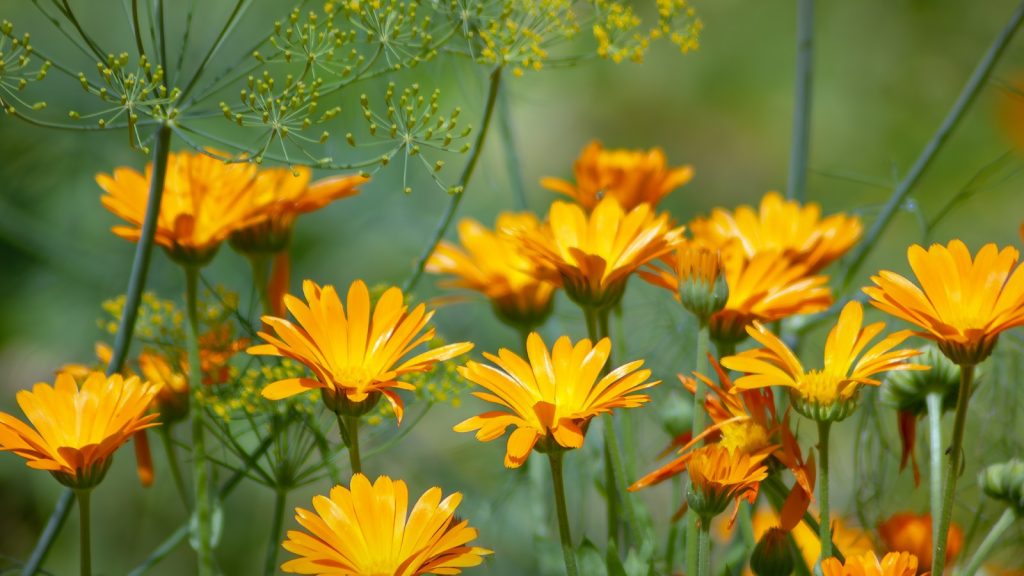
Also known as “pot marigold,” calendula blooms in bright yellows and oranges. The petals have a slightly tangy taste and can be used fresh in salads or dried to add colour to rice dishes. Calendula is also known for its medicinal properties and is often used in natural skin treatments.
4. Borage
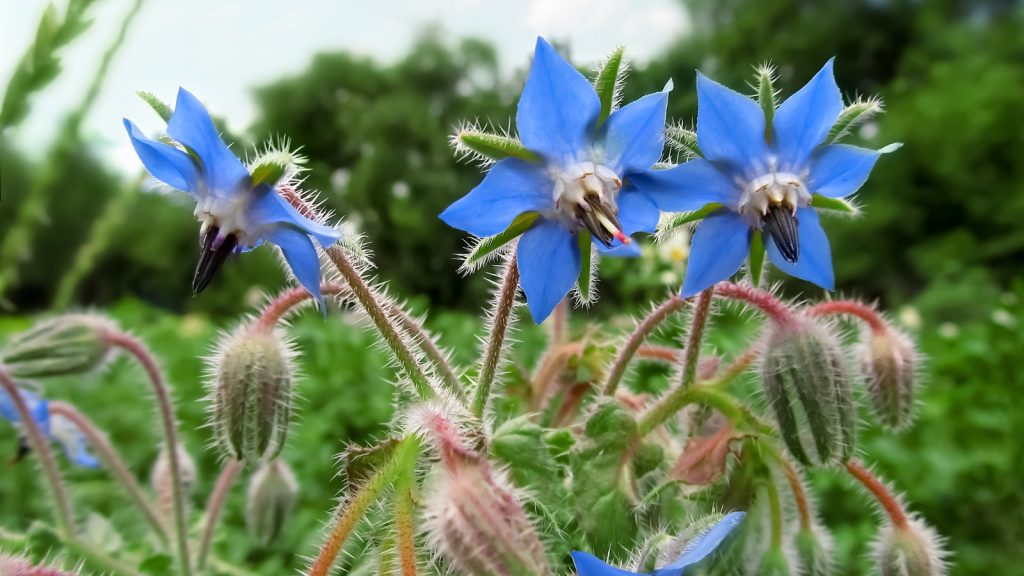
Borage is a fantastic flower for both bees and humans. Its star-shaped blue flowers have a light cucumber flavour, making them ideal for adding to summer drinks or freezing into ice cubes for a pretty touch. Borage is a self-seeding plant, so it will often return year after year in your garden.
5. Chamomile
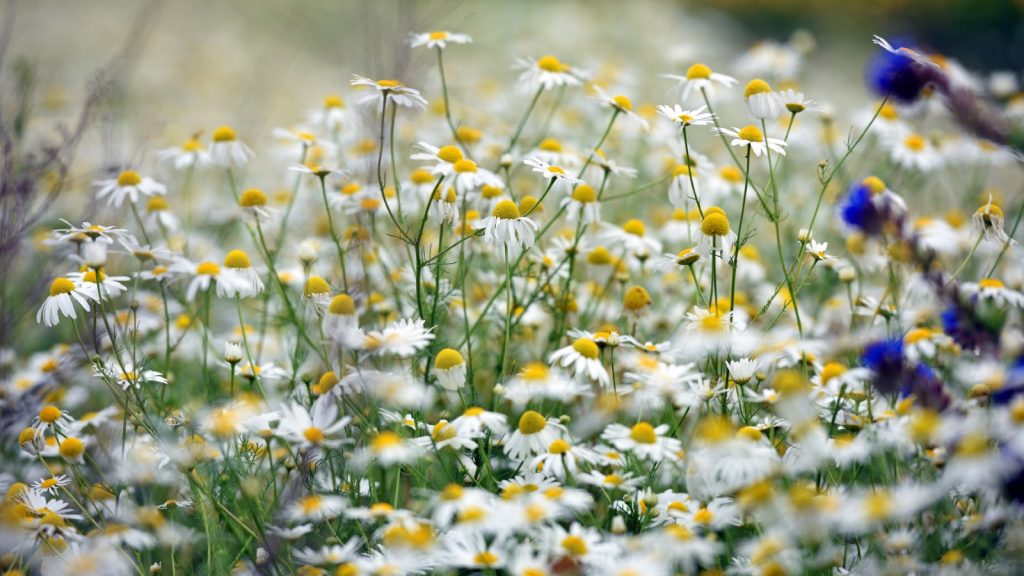
Known for its calming properties, chamomile flowers are best recognised for making herbal tea. The small daisy-like blooms are easy to grow and can be dried for year-round use. The flavour is mild, with a slight apple-like sweetness, making it a soothing addition to hot drinks or desserts.
6. Lavender
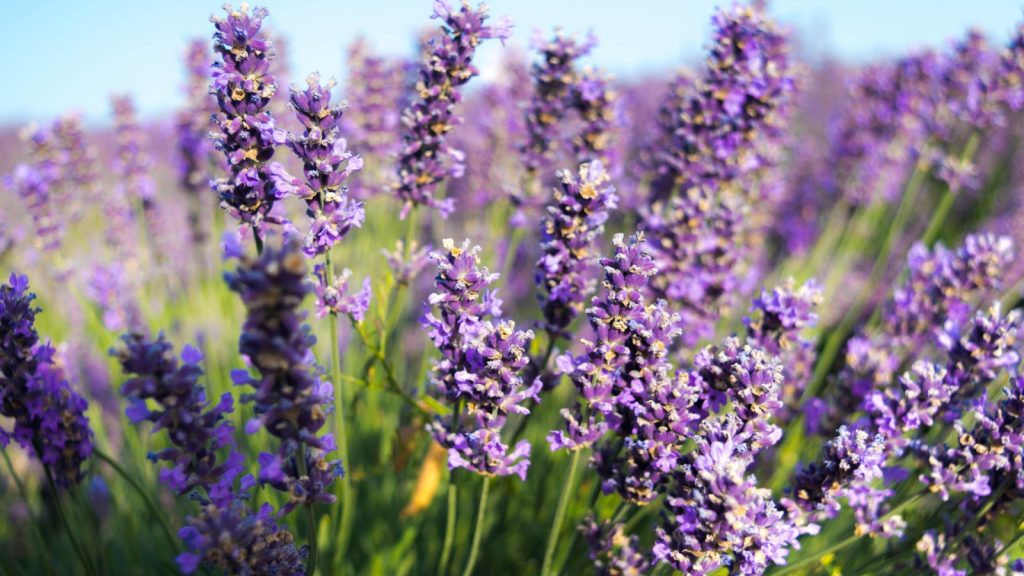
Lavender isn’t just for sachets or soaps – it’s wonderful in the kitchen too! Its floral, slightly minty flavour works beautifully in baked goods like cakes and shortbreads. You can also infuse lavender in sugar or syrups to add a delicate flavour to drinks or desserts.
7. Chive Blossoms
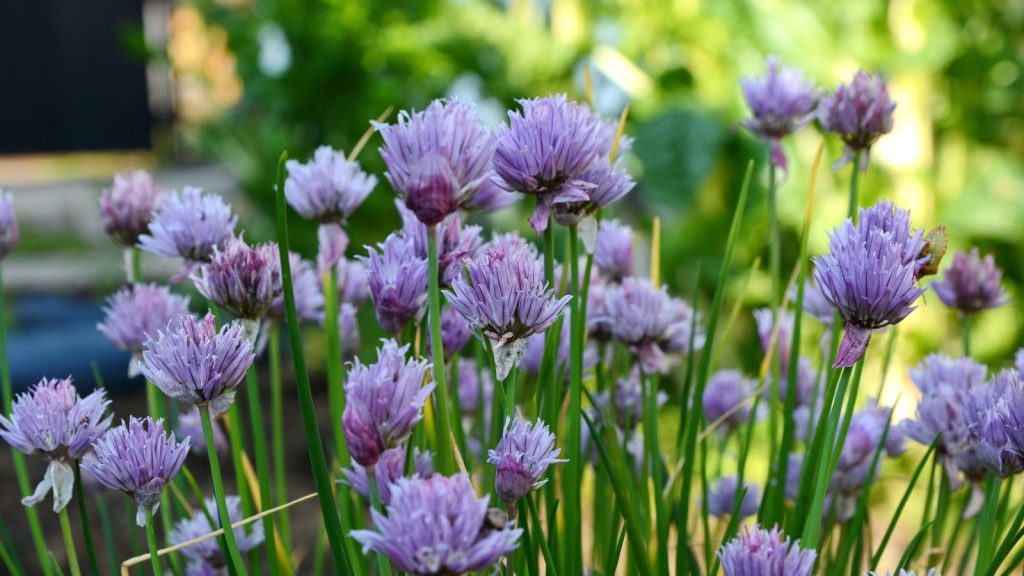
Chive blossoms are often overlooked, but their light onion flavour is great in salads or as a garnish on savoury dishes. The pretty purple flowers grow in bunches and can be easily harvested from your chive plants throughout the growing season. They’re a brilliant way to use the entire plant.
8. Roses
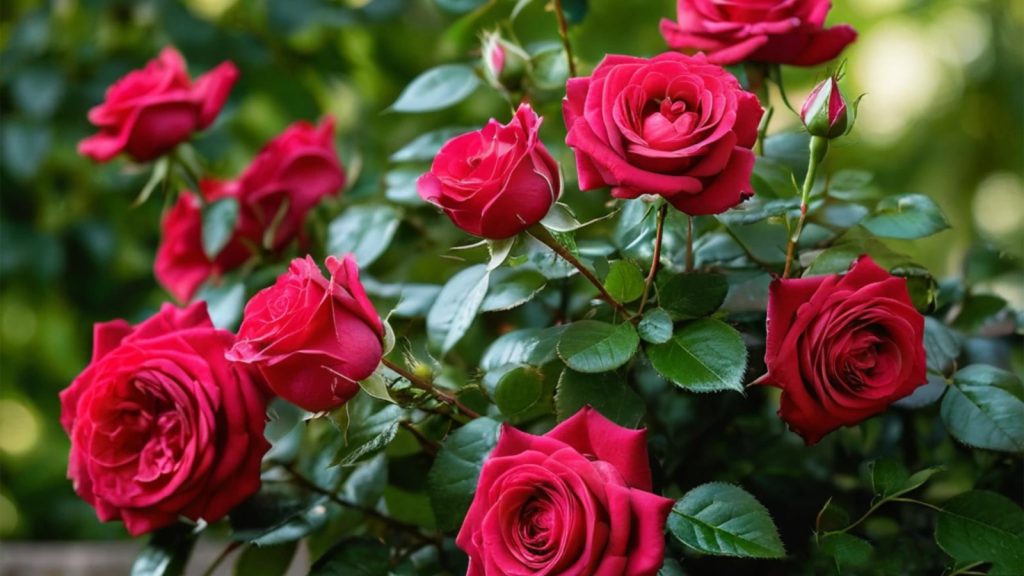
Not all roses are edible, but those that are can add a wonderful fragrance and flavour to your dishes. The petals can be used fresh or dried, and they work particularly well in desserts, jams, and syrups. Always make sure to grow organically if you plan to use roses in the kitchen.
9. Violas
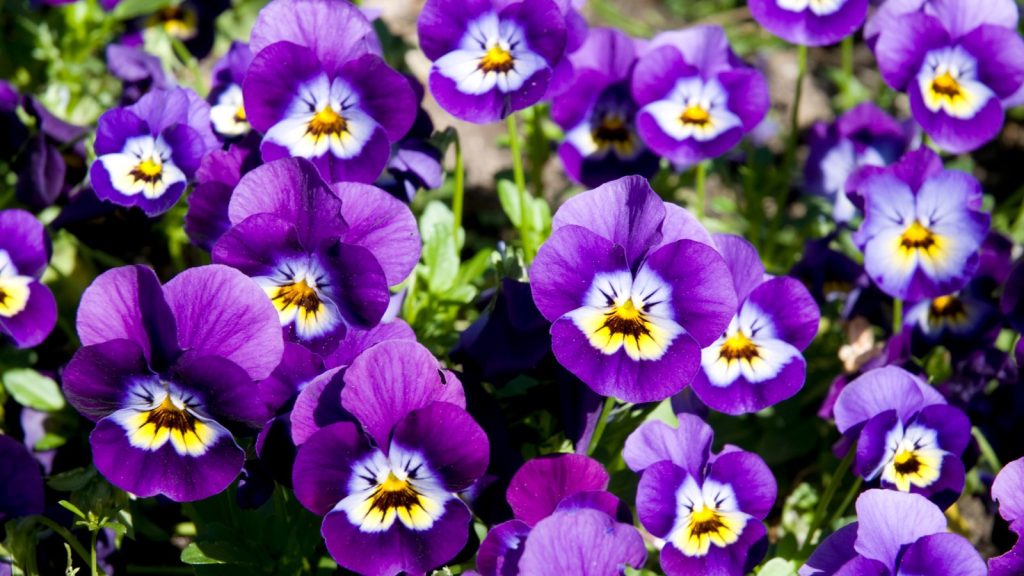
Violas are similar to pansies but typically have smaller flowers. Their delicate flavour and bright colours make them a lovely garnish for desserts or salads. They’re very easy to grow in pots or garden beds, and they add a splash of cheer to any garden.
10. Sunflowers
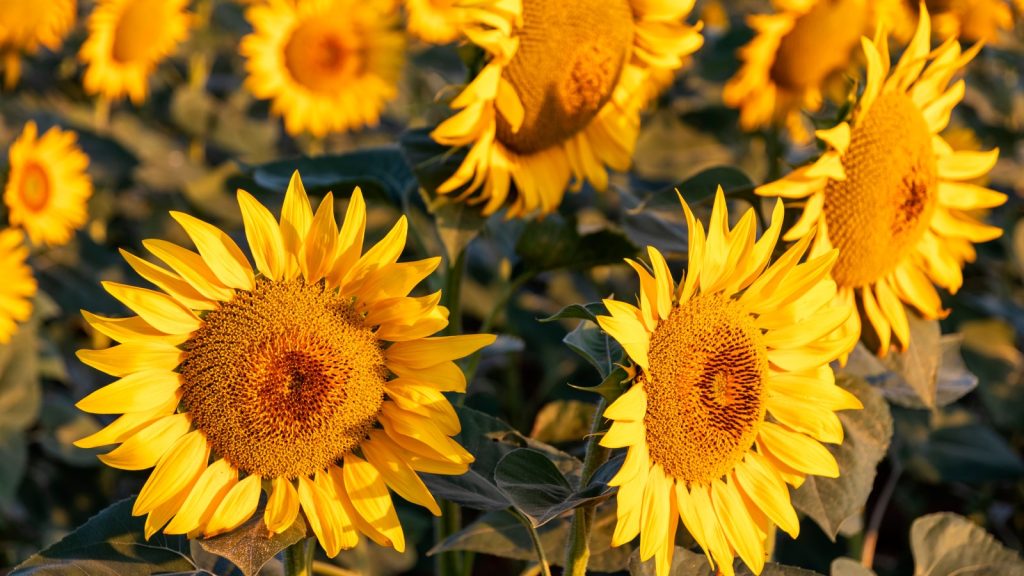
You might not think of sunflowers as edible, but they certainly are! Beyond their seeds, sunflower petals can be eaten and have a slightly bittersweet taste. Younger sunflower buds can also be steamed like artichokes. These tall, cheery flowers are a fantastic dual-purpose plant for any garden.
11. Dandelions
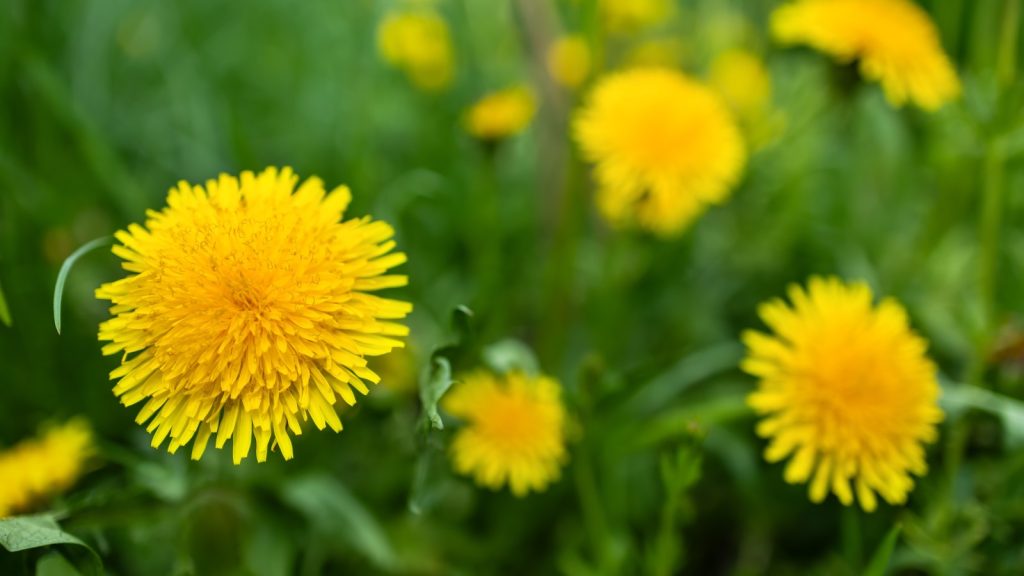
Often considered a weed, dandelions are actually packed with nutrients. The yellow flowers have a slightly sweet, honey-like taste and can be used to make dandelion wine or jelly. Even the leaves are edible, adding a sharp, bitter edge to salads.
12. Marigolds (Tagetes)
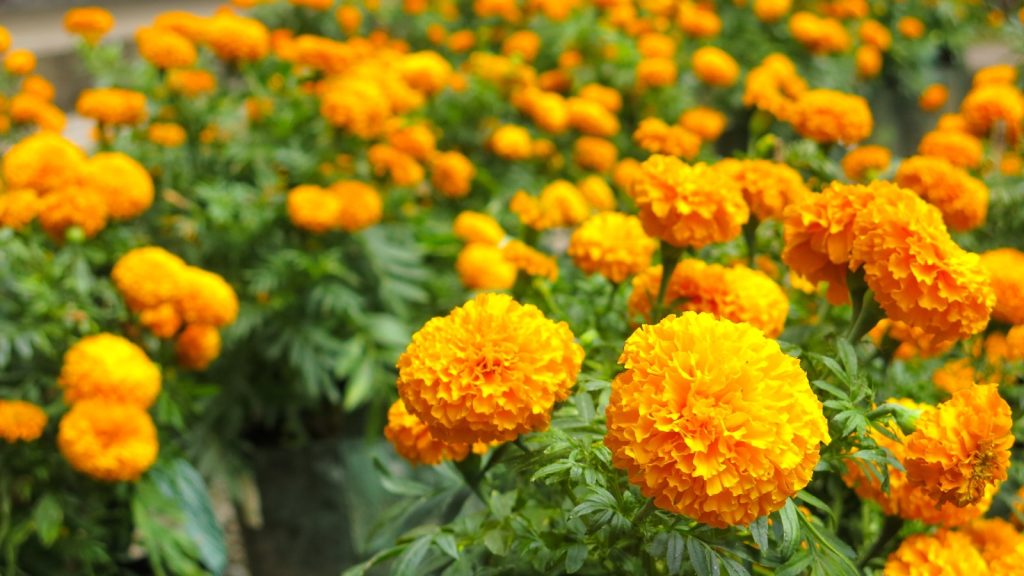
Tagetes marigolds, sometimes called “poor man’s saffron,” have petals with a citrusy, slightly spicy flavour. They can be used fresh or dried, and they’re perfect for brightening up rice dishes, soups, or salads. Be sure to use Tagetes varieties, as not all marigolds are edible.
13. Hollyhocks
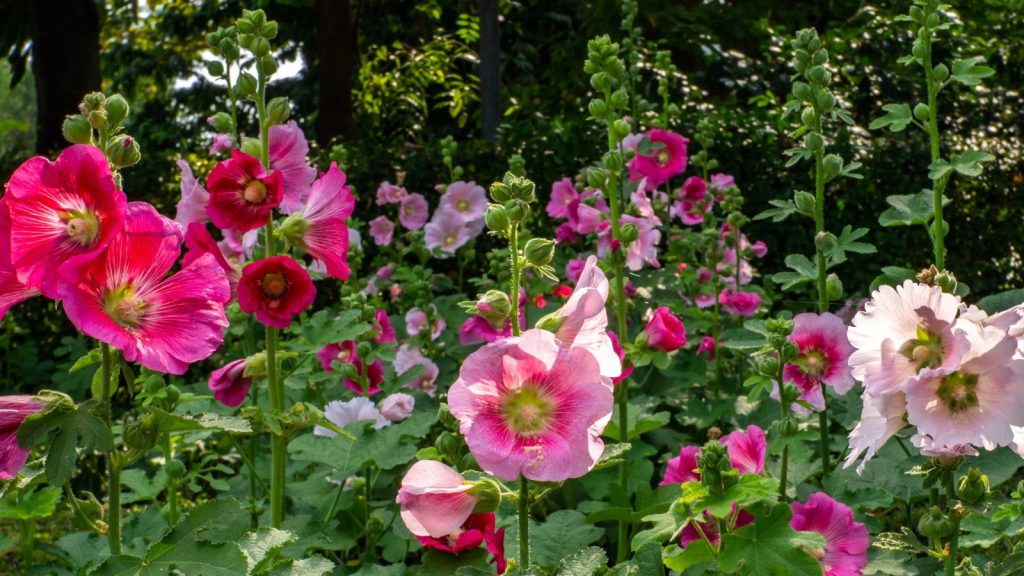
Hollyhocks are tall, showy flowers often grown for their ornamental value, but they are also edible! Their mild flavour makes them perfect for decorative garnishes, or you can stuff the flowers with cream cheese for an interesting twist on a starter.
14. Cornflowers
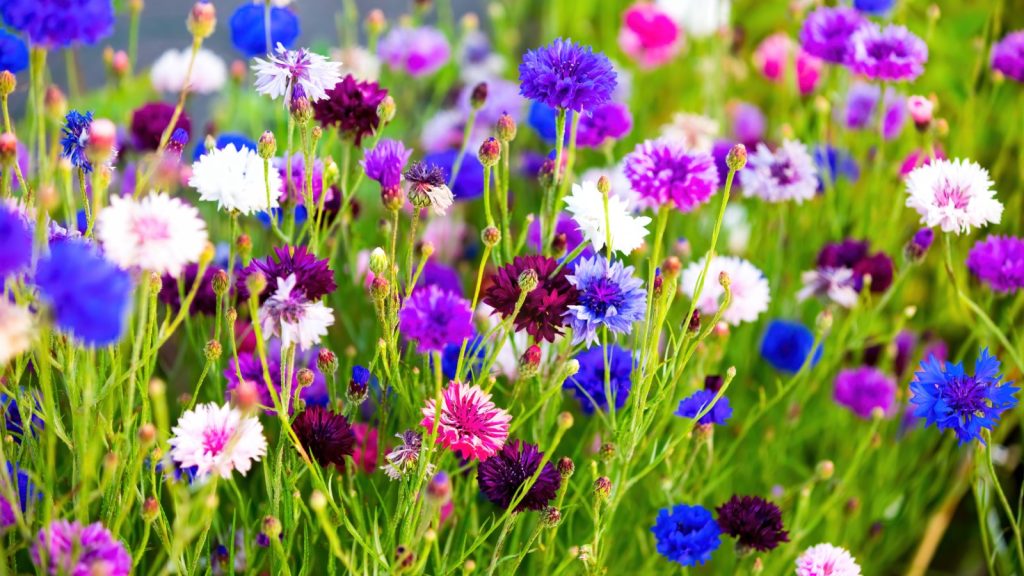
Also known as bachelor’s buttons, cornflowers have vibrant blue blooms that add a splash of colour to your garden and dishes. Their peppery, clove-like flavour makes them ideal for sprinkling over salads, or you can use them to decorate cakes and other baked goods.
15. Mint Flowers
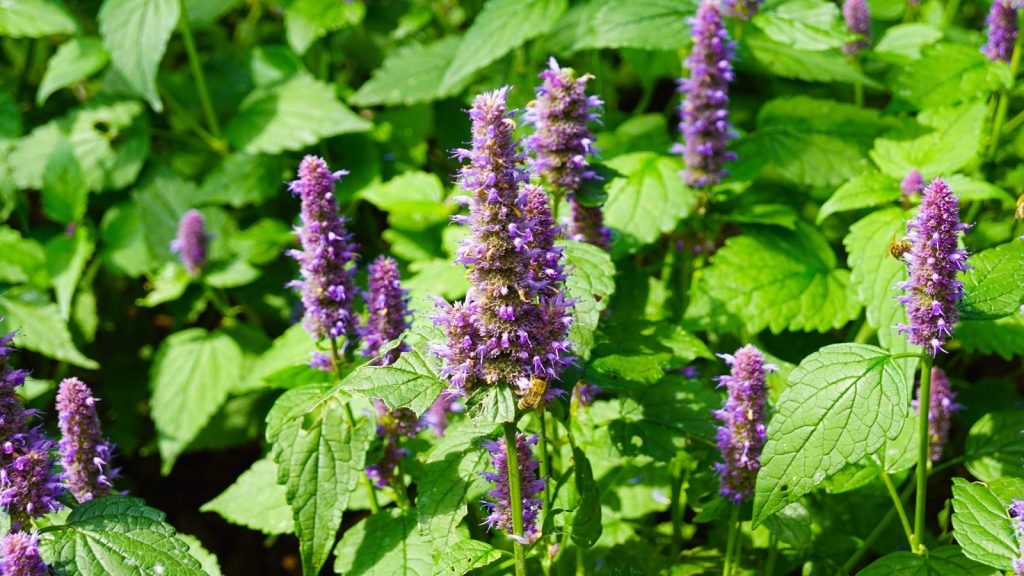
If you already grow mint, don’t overlook the tiny, delicate flowers! They have a milder version of the minty flavour found in the leaves and work well in both sweet and savoury dishes. Toss them into salads, garnish desserts, or even add them to summer drinks for a subtle burst of flavour.
Ellen has been obsessed with logic puzzles, jigsaws, and cryptograms since she was a kid. After learning she was taught how to play chess wrong by a family friend (so they could win), she joined her school chess club and the rest is history.
